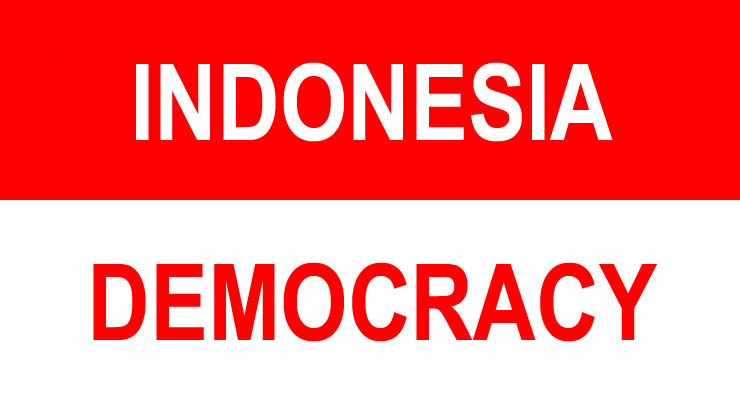 Ronny P. Sasmita had this information in Modern Diplomacy. Here is an excerpt:
Ronny P. Sasmita had this information in Modern Diplomacy. Here is an excerpt:
Three years before John Maynard Keynes published his Magnum Opus, “General Theory,” in 1933 two economists shared their views on the imperfections of free market competition. Whether coincidentally or not, Joan Robinson (an English woman, wife of a professor who was ever rejected to continue her studies in economics) and Edward Chamberlin (US) both published books with the same tone that year. Economists call them the Cambridge duo. Joan from Cambridge University, follower of Keynes and Alfred Marshal, while Edward from Cambridge, Massachusetts, Harvard University. Joan published the book “Economics of Imperfect Competition” and Chamberlin published the book “Theory of Monopolistic Competition.“
The tone of the two books is the same, although the approach is different. Both of them see the phenomenon of monopoly that occurs in a free market where big companies try to produce almost all goods in one field, regardless of whether the competition is healthy or monopolistic, such as the Cocacola company which produces very many brands in the beverage sector or Unilever in the United States in the field of daily necessities (durable goods).
Joan Robinson did not emphasize the use of a mathematical approach in the economics that she applied, while Edward Chamberlin was the opposite. This is very understandable because both are oriented to two different characters. John Stuar Mill brought Adam Smith-style economics to political economy, while William Stanley Jevon took it to Newtonian economics (mathematics). The two figures distinguish the approaches of the two economists. Until now, these two approaches still exist (previously economics was called Political Economy, Alfred Marshal standardized it into Economics).
Continue reading here.
Leave a Reply